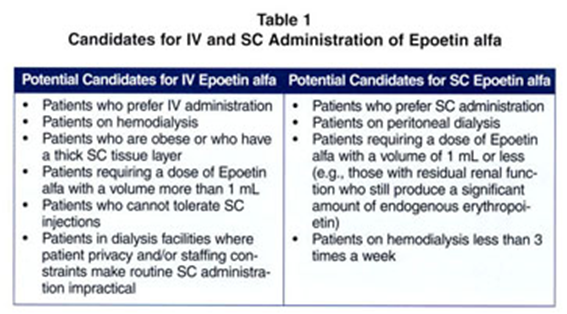A nurse recently administered filgrastim intravenously to a client who has cancer and is receiving cytotoxic chemotherapy. For which of the following data, discovered after the medication was administered, should the nurse file an incident report?
The medication vial sat at room temperature for 2 hr before it was
The client's absolute neutrophil count was 2,500/mm3 before the medication was administered.
The nurse flushed the client's IV line with dextrose 5% in water before and after the medication was administered.
The client had chemotherapy 12 hr before the medication was administered.
The Correct Answer is A
Choice A Reason:
The medication vial sat at room temperature for 2 hr before it was administered is correct. Medications like filgrastim typically have specific storage requirements, including temperature control. Allowing the medication vial to sit at room temperature for an extended period may compromise its stability or effectiveness, leading to potential concerns regarding medication safety. Reporting incidents related to improper medication storage is essential to ensure patient safety and prevent similar occurrences in the future.
Choice B Reason:
The client's absolute neutrophil count was 2,500/mm3 before the medication was administered. Is incorrect. A normal or adequate absolute neutrophil count (ANC) of 2,500/mm3 before administering filgrastim is not an adverse event that requires an incident report.
Choice C Reason:
The nurse flushed the client's IV line with dextrose 5% in water before and after the medication was administered. Is incorrect. Flushing the IV line with dextrose 5% in water is a standard practice and not considered an adverse event or reason for filing an incident report.
Choice D Reason:
The client had chemotherapy 12 hr before the medication was administered. Is incorrect. The timing of previous chemotherapy administration, in this case, doesn't inherently suggest an adverse event requiring an incident report.
Nursing Test Bank
Naxlex Comprehensive Predictor Exams
Related Questions
Correct Answer is B
Explanation
Choice A Reason:
Oral is incorrect. Epoetin alfa is not typically administered orally because it would be broken down by digestive enzymes and not absorbed effectively from the gastrointestinal tract.
Choice B Reason:
Intravenous is correct. Epoetin alfa is a medication used to stimulate red blood cell production and is commonly administered intravenously. This route allows for rapid and efficient absorption of the medication into the bloodstream, enabling it to exert its effects effectively.
Choice C Reason:
Inhalation is incorrect. Inhalation is not a route used for epoetin alfa. This medication is intended for systemic effects rather than local effects in the respiratory system.
Choice D Reason:
Transdermal is incorrect. Transdermal administration involves absorption through the skin and is not suitable for epoetin alfa, which needs rapid and direct access to the bloodstream for its action on red blood cell production.

Correct Answer is A
Explanation
Choice A Reason:
The medication vial sat at room temperature for 2 hr before it was administered is correct. Medications like filgrastim typically have specific storage requirements, including temperature control. Allowing the medication vial to sit at room temperature for an extended period may compromise its stability or effectiveness, leading to potential concerns regarding medication safety. Reporting incidents related to improper medication storage is essential to ensure patient safety and prevent similar occurrences in the future.
Choice B Reason:
The client's absolute neutrophil count was 2,500/mm3 before the medication was administered. Is incorrect. A normal or adequate absolute neutrophil count (ANC) of 2,500/mm3 before administering filgrastim is not an adverse event that requires an incident report.
Choice C Reason:
The nurse flushed the client's IV line with dextrose 5% in water before and after the medication was administered. Is incorrect. Flushing the IV line with dextrose 5% in water is a standard practice and not considered an adverse event or reason for filing an incident report.
Choice D Reason:
The client had chemotherapy 12 hr before the medication was administered. Is incorrect. The timing of previous chemotherapy administration, in this case, doesn't inherently suggest an adverse event requiring an incident report.
Whether you are a student looking to ace your exams or a practicing nurse seeking to enhance your expertise , our nursing education contents will empower you with the confidence and competence to make a difference in the lives of patients and become a respected leader in the healthcare field.
Visit Naxlex, invest in your future and unlock endless possibilities with our unparalleled nursing education contents today
Report Wrong Answer on the Current Question
Do you disagree with the answer? If yes, what is your expected answer? Explain.
Kindly be descriptive with the issue you are facing.
